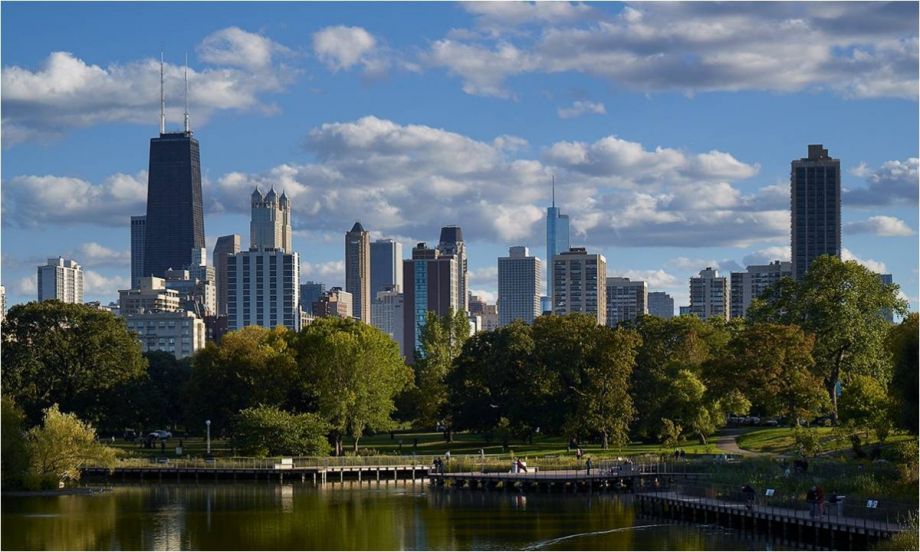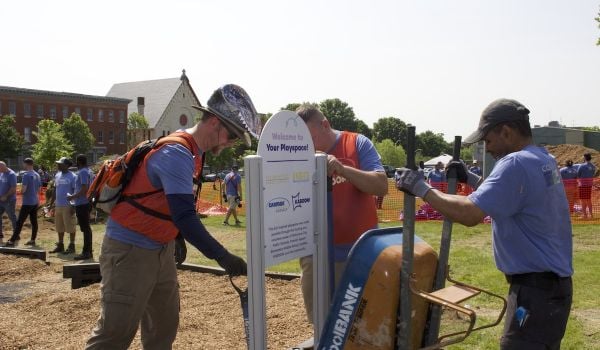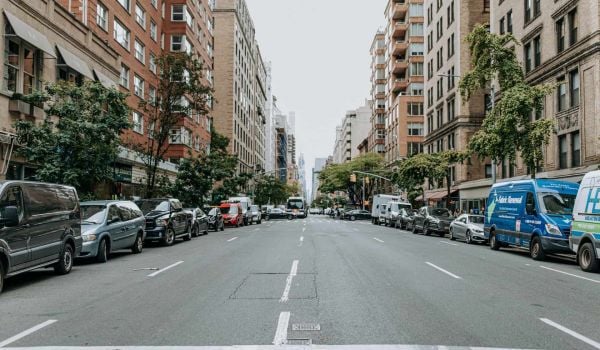An audience member at the Philly Parks Future Forum last week called the panelists assembled a “dream team.” The experts represented parks agencies from Seattle, New York, Minneapolis, San Francisco and Chicago. Presented by the City Parks Alliance, the forum wasn’t so much an event to unravel the issues that Philly parks will face specifically, but to discuss how city parks are one of the greatest assets to our country and how they are progressing nationally. Philadelphia Daily News writer Sandra Shea moderated the panel of parks and recreation officials, who shared what’s been working in their necks of the woods. Here are five important takeaways from the Forum.
1. Seattle’s New Park District Was 20 Years in the Making
Proposition 1, which called for the creation of a Seattle Park District, passed with 53 percent of the vote in August. Prop 1 did away with the need to return to voters to secure funding, permanently backing parks through property taxes. (This new source of revenue will be in addition to the $89.5 million that Seattle already receives each year from the city’s general fund.)
What turned the tide? Seattle Parks and Recreation Acting Superintendent Christopher Williams said it was Mayor Ed Murray’s outspokenness on the issue. Since city officials at Parks and Recreation don’t run for their jobs, they don’t campaign on their stances. Williams said having a public face mattered. “I can’t say enough about advocacy,” he stated.
Williams said the Seattle department knows it still answers to voters, and because of that responsibility, he suggested, parks departments everywhere should be using a strong performance management model, relying on spreadsheets and data and report cards to track success.
2. 96 Percent of San Franciscans Can Walk From Their Homes to a Park in 10 Minutes or Less
According to the Trust for Public Land, close to 10 million Americans live within a 10-minute walk to a park. According to San Francisco Recreation and Park General Manager Phil Ginsburg, some 800,000 of them live in San Francisco. Ginsburg got more than a few laughs from the Forum audience when he pointed out that many of those park visitors have four legs: San Francisco’s a city of 80,000 children … and 150,000 dogs.
Of course, just having abundant park space isn’t enough. Ginsburg pointed out that as San Francisco’s population continues to grow, his department is focused on modernizing one of the oldest park systems in the U.S. by acquiring more land to create new parks. He pointed out that prioritizing long-term capital planning (thanks to former Mayor Gavin Newsom and current Mayor Ed Lee) is making that expansion possible. Ginsburg emphasized that investing in children — in their health and public safety — with parks improvements was better than paying on the “back end in emergency rooms.”
3. Chicago and New York Have Plans to Focus on Small Parks
Gia Biagi, Chicago Park District’s chief of staff, shared plenty of great community-benefit stats from a recent CPD study, including the fact that the Windy City’s parks were to thank for $1.2 billion in tourism dollars. But more famous spaces, such as Millennium Park, don’t deserve all the credit in cities. Biagi noted that, while citywide, nearby parks boosted property values by 1.5 percent, smaller parks raised home values by 4 to 5 percent. This latter number was the impetus, said Biagi, to refurbish 300 parks in five years.
Later in the evening, an audience member asked about the potential gentrifying effects of this initiative. Biagi replied, “I don’t have a simple answer to it. We’re not going to not invest, but I think it’s about connecting the parks.” A city where communities are linked from playgrounds to bike trails to public fields is the real goal, said Biagi.
The recent mayoral change in New York City created an opportunity for that city to do something similar. Liam Kavanagh, the first deputy commissioner at New York City Parks and Recreation, said that Mayor Bill de Blasio’s equality agenda prompted the department to identify 35 small parks that will receive $135 million in capital investment with its new Community Parks initiative. These improvements will require additional funding, and Kavanagh pointed to support from a noteworthy contributor: The city’s water department will be putting $36 million toward the project for features such as rainwater landscaping and porous surfaces.
4. Parks Can Be “Great Equalizers”
A common refrain during the Forum from Jayne Miller, Superintendent of the Minneapolis Park and Recreation Board, was about the role parks play in “closing the achievement gap.” Minneapolis Park and Recreation has a robust curriculum of youth programs: IDEAWERKS trains middle-schoolers and high-schoolers in media production; Night Owlz offers activities for teens from 8 to 11 p.m. on weekends. There’s also day care, mentoring, job training and eight other programs for the city’s young people.
“If we don’t break that divide, if we don’t have kids that have skills as they become adults, where are we going to be as a country? Where are we going to be as cities?” asked Miller.
5. Mayors and Mayoral Candidates Should Care About Parks
In his opening remarks at the Forum, Michael DiBerardinis, parks and recreation commissioner in Philadelphia, said that parks were a vital component to the revitalization of cities such as Philadelphia: “We’re not going to solve every problem — but we’re going to push cities to the forefront.” He was emphatic about the ties between politicians and parks, noting that one of the reasons his city’s system had advanced so much in recent years was current Mayor Michael Nutter’s commitment to planning for the long-term.
At the end of the event, all of the panelists’ final remarks echoed DiBerardinis’ early call to politicians. “There is no base that impacts more of the citizenry than parks,” said Ginsburg. Lynne Abraham and Terry Gillen, two of the declared candidates in Philly’s 2015 mayoral race, were in attendance. Ginsburg wanted to be sure they were listening. “I know there are some mayoral candidates in the room. Candidates should take this and run with it.”
Miller said the fact that parks are economic drivers should be reason enough for politicians to keep these public spaces in mind. After all, voters notice. “We reach more people in parks than anything else in cities,” Miller said.
















